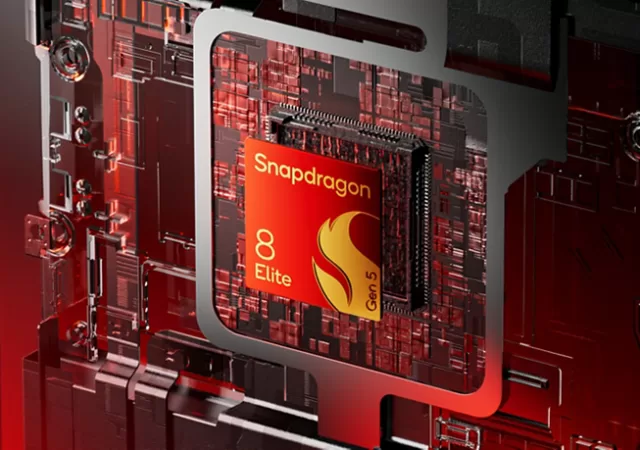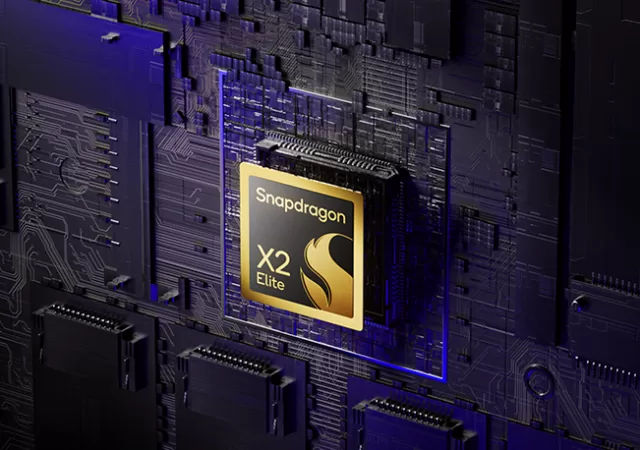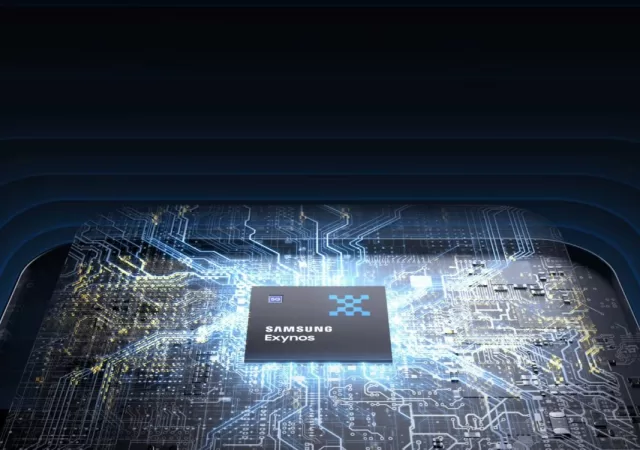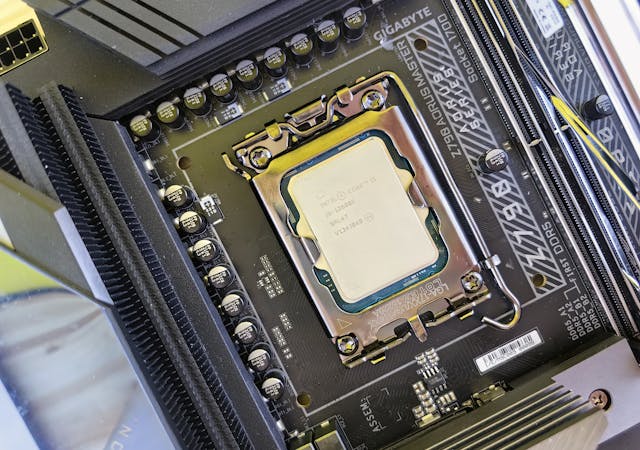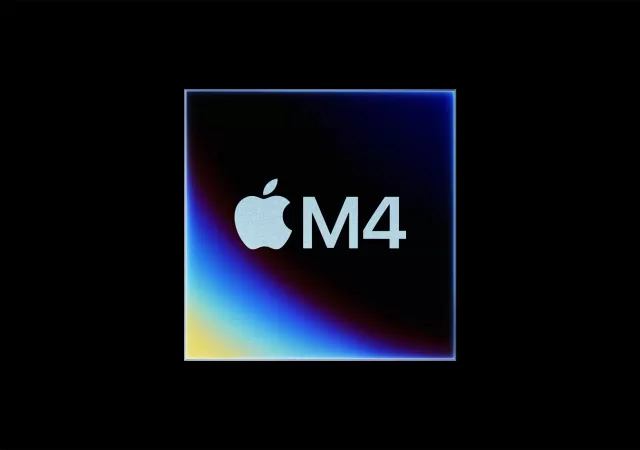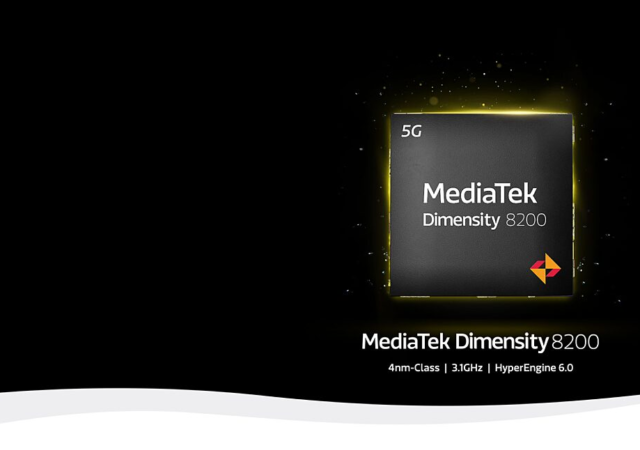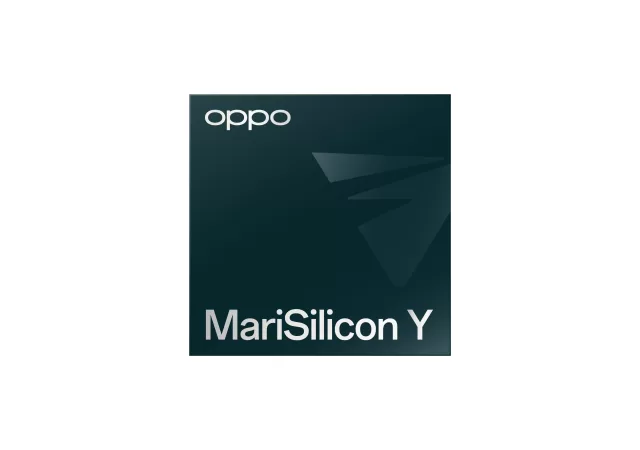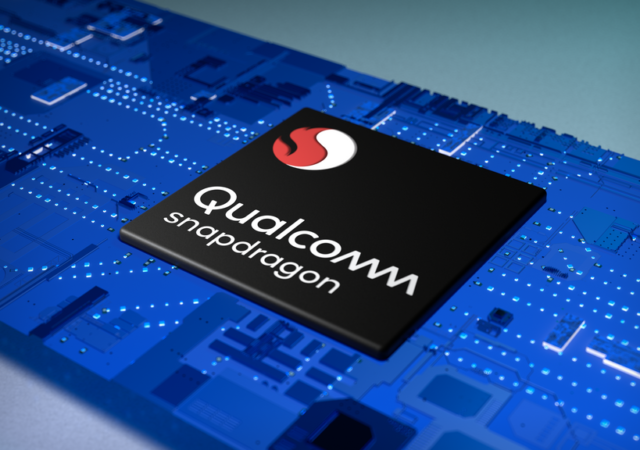Qualcomm announces its Snapdragon 8 Elite Gen 5 platform that will be powering flagships in 2026 with leaps in the tech that comes under the hood.
Qualcomm Announces Snapdragon X2 Elite Built for High Performance x64 PCs
Qualcomm announces its next system on a chip (SoC) built for laptops and PCs – the Snapdragon X2 Elite that brings higher performance and better battery life.
MediaTek 9500 Will Be Behind the Performance of Many Android Flagships in 2026
MediaTek announces its new flagship processor – the MediaTek Dimensity 9500 that will undoubtedly be behind a number of Android devices in 2026.
Samsung’s Exynos 2600 Confirmed to Make the Jump to 2nm
Samsung Executives confirm that the Exynos 2600 will be on Samsung Foundry’s 2nm node making it the first to market.
Intel Teases More Power Efficiency and AI Performance with Lunar Lake
Intel teases its next generation lunar lake processors which it’s touting to have better power efficiency and better performance.
Apple M4 Chip Makes Debut with New iPad Pro
The new iPad Pro comes with Apple’s most powerful SoC yet. The M4 Chip has a 10-core CPU, a 10-core GPU and its most powerful Neural Engine.
Mediatek Dimensity 8200 launch claims best power efficiency and smooth gaming
Mediatek launches its latest platform, the Dimensity 8200, claiming best-in-class power efficiency for premium 5G smartphones and impressive gaming performance. 4nm process brings power efficiency while retaining performance Mediatek’s new chipset targets the bracket of smartphones just below the flagship…
OPPO MariSilicon Y Promises High Fidelity Bluetooth Audio
OPPO announces the MariSilicon Y at INNO Day 2022. The new SoC is focused on bringing high fidelity, losless audio to Bluetooth connectivity.
Snapdragon 8 Gen 2 announced at Snapdragon Summit 2022
The Snapdragon Summit 2022 has unveiled the highly anticipated Snapdragon 8 Gen 2 platform, promising to revolutionize the flagship smartphone experience. Snapdragon’s highlight event of 2022 held in Hawaii from November 15th to 16th centered around the announcement of the…
Qualcomm Announces the Snapdragon 782G
Qualcomm has introduced their new Snapdragon 782G SoC with all-around improvements over the older 778G+ SoC.



